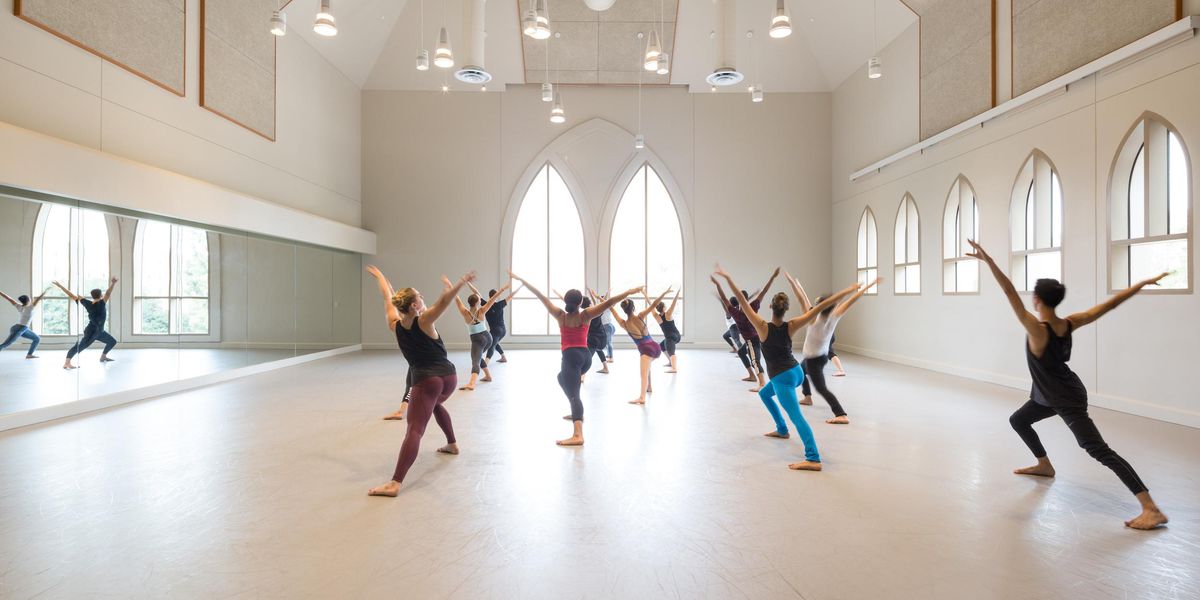Irina Baronova, Baby Ballerina of the Golden Era
Just in time for holiday gift ideas, a new book on Irina Baronova, one of Balanchine’s remarkable “baby ballerinas,” has been released. Victoria Tennant, Baronova’s daughter, found a treasure trove of letters and photos after her mother died in 2008. The book, titled Irina Baronova and the Ballets Russes de Monte Carlo, tells wonderful stories about the period from 1926, when at 7 years old she first saw Karsavina onstage, to 1946 when she retired. The bounty of large, sumptuous photos also tells the story—a story of many roles, many cities, many fellow artists.
Baronova was studying with Olga Preobrajenska in Paris when Balanchine came to the studio looking for young blood. He famously plucked Baronova—not yet 13—and Toumanova out of their training to join the René Blum/Col. de Basil Ballets Russes de Monte Carlo. About taking class with Preobrajenska, Baronova says in the book, “By the age of 12 we were strong as steel.” They had to be: By 13, the three baby ballerinas (Irina Baronova, Tamara Toumanova, and Tatiana Riabouchinska, who trained with Kschessinska) were touring more than 300 days a year.
Left: Baronova in
Swan Lake, 1933. All photos courtesy the estate of Irina Baronova
In a lovely talk at the 92nd Street “Y” last week with Victoria Tennant, an actress, and Wendy Whelan, Tennant showed a video of her mother saying, “I was good at climbing trees so I thought I’d be good at dancing.” Well…..there was a little more too it than that. Natural talent, a strong spirit, and hard work helped. There’s a scene in the book where she and Toumanova decided to do a face-off of fouettés and counted up to 101.
Although Baronova wrote her own delightful autobiography, Tennant’s book has more historical information. It also has wonderful descriptions of other well-known figures: Balanchine (“Everyone in the company was in love with Balanchine. He was very young and had a wonderful sense of humor”); Anton Dolin (He would “never let you fall, never let the audience see that something had gone wrong.”); Toumanova’s mother (“always standing in the wings and glaring at us, making us nervous because her glares said, ‘I wish you’d break your leg!’ ”).
Above: Soaking her feet during visit of British dance critic Arnold Haskell, 1934.
When Baronova partnered Serge Lifar in Fokine’s Spectre de la Rose, they were both coached by Pierre Vladimiroff, a former partner of Pavlova who later taught at School of American Ballet). She writes: “Preobrajenska had given me the foundation, the technique; with Vladimiroff, it was the artistic side, it was the beginning of putting my imagination into thinking through my roles.”
In its sweep of history, the book goes beyond the experience of any one dancer. You can learn why Massine’s “symphonic ballet” Les Presages (1933) took the audience by storm, how it came to be that the 1941 rehearsals for Ballet Theatre were held at Jacob’s Pillow, and why the exact name of the company kept changing.
After she stopped dancing at 27 due to injury, her glamor intact, Baronova appeared in two Hollywood movies. She also acted in a play with Yul Brynner and another with Peter Finch. She later coached, especially in Australia, where she ended her days.
Right: In Massine’s
Les Presages, 1933.
Tennant’s research did not stop with Baronova’s letters and photos. She has spent time at the NYPL Jerome Robbins Dance Division and provides thorough information on the premieres of every ballet her mother danced in—which was about 45.
This is an invaluable book for its coverage of the Ballet Russe companies and for its feast of gorgeous photos. it would make a great gift to any ballet lover. To order it from University of Chicago Press, click here.




